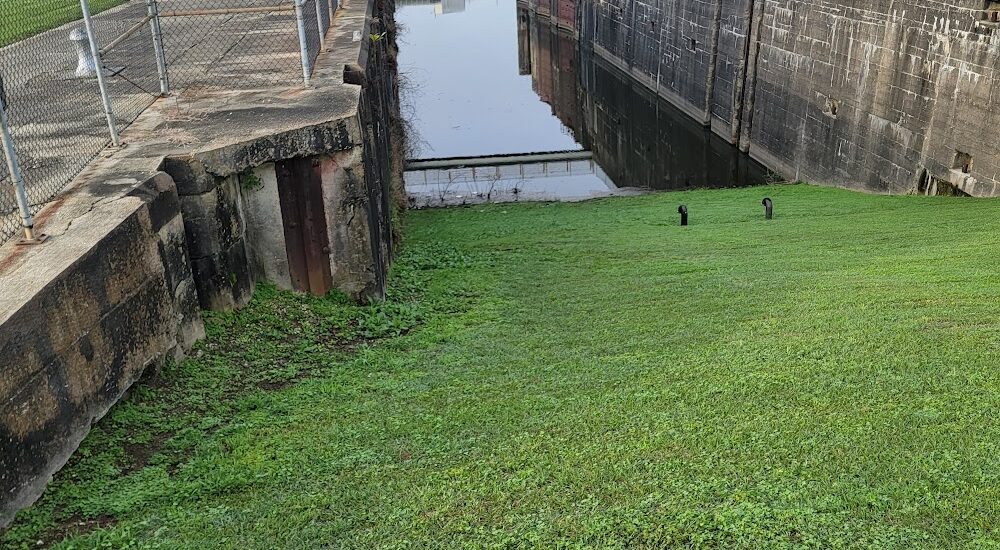Welcome to the Plaquemine Lock State Historic Site, a fascinating landmark steeped in engineering marvel and historical significance. Located in Plaquemine, Louisiana, this site commemorates an exceptional feat of early 20th-century hydraulic engineering and the rich history of Bayou Plaquemine.
The story of Plaquemine Lock begins in the late 19th century, a time when the bustling trade and growing river traffic on the Mississippi necessitated new innovations in waterway navigation. Designed by Colonel George Washington Goethals of the United States Army Corps of Engineers, the lock was a pioneering project. Goethals, who would later gain fame as the chief engineer behind the Panama Canal, applied his expertise to create the world’s highest freshwater lift lock at the time.
The lock opened its gates on April 9, 1909, after 14 years of meticulous construction. It connected the Mississippi River with Bayou Plaquemine, thus playing a crucial role in facilitating commerce and transportation in southwestern Louisiana and beyond. The lock’s unique gravity-flow system initially powered its operation, a testament to the ingenuity of its design.
Over the years, Plaquemine Lock became a vital artery in the region’s economic development, allowing goods to move seamlessly from the Atchafalaya Basin to the Mississippi River. However, with the expansion of river traffic, the need for a larger lock led to its decommissioning in 1961, when a more modern facility was built in Port Allen.
Today, visitors to the Plaquemine Lock State Historic Site can explore the Gary James Hebert Memorial Lockhouse, which serves as a museum and visitor center. The lockhouse, fondly nicknamed the ‘Dutch Castle on the Hill,’ was constructed with reflective white glazed ceramic tiles to improve visibility for river traffic, a clever adaptation in the absence of lighthouses.
The site is not just a relic of the past but a living history lesson. It illustrates the evolution of engineering and transportation in Louisiana and the broader United States. The knowledgeable staff and well-preserved exhibits provide an engaging overview of the lock’s operation and its impact on the region.
As you walk the grounds, imagine the steamboats and barges that once passed through these very locks, carrying goods and stories from distant lands. The Plaquemine Lock stands as a silent witness to a time when innovation met necessity, forever changing the landscape of Louisiana’s waterways.






